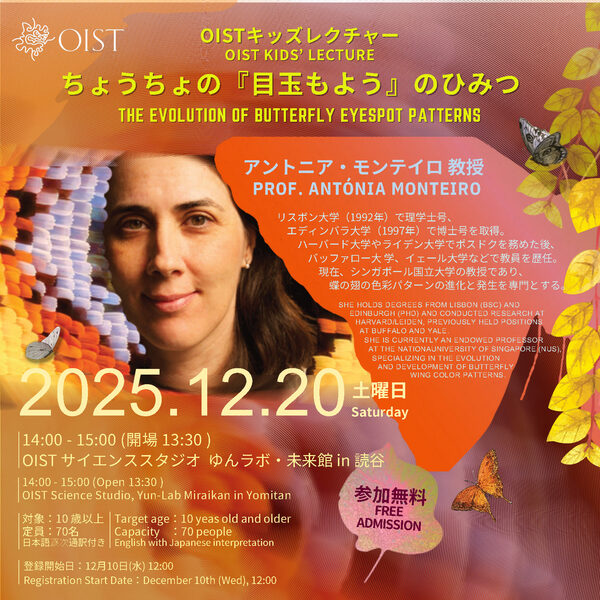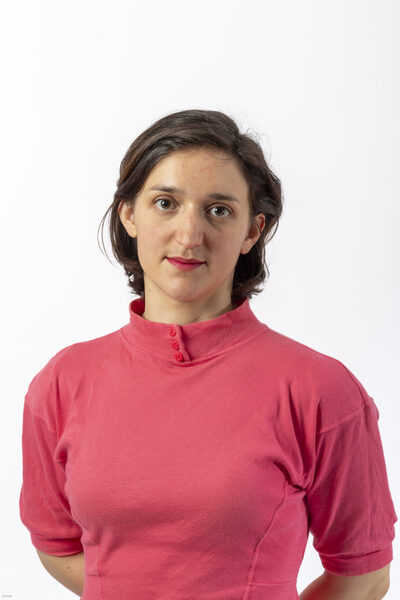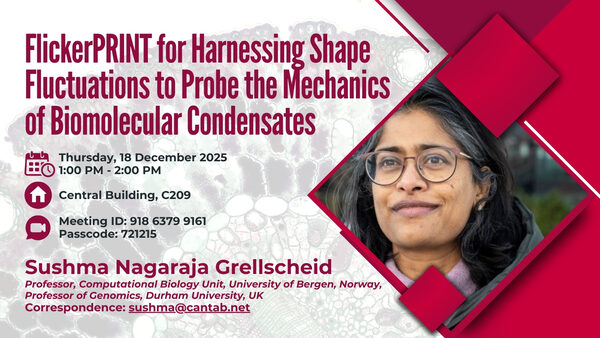Saturday December 13th, 2025 01:00 PM
to 05:30 PM
Keio University Yagami campus / Yagami Innovation Laboratory
OIST-Keio Showcase Talk Series Vol. 8 "Science Meets Society: Twist, Flow, and Instability"
The 8th OIST-Keio joint symposium explores the interplay of fluid mechanics, wave phenomena, and structural transformations, highlighting their impact on science and society. From gravity waves and multiphase reactors to extreme wave events, evaporating drops, and geometric linkages, six talks will showcase cutting-edge research at the intersection of physics, engineering, and applied mathematics. Additional topics will be explored in a poster session. The event aims to foster a dialogue between Keio and OIST researchers, enabling innovation through interdisciplinary collaboration.




















